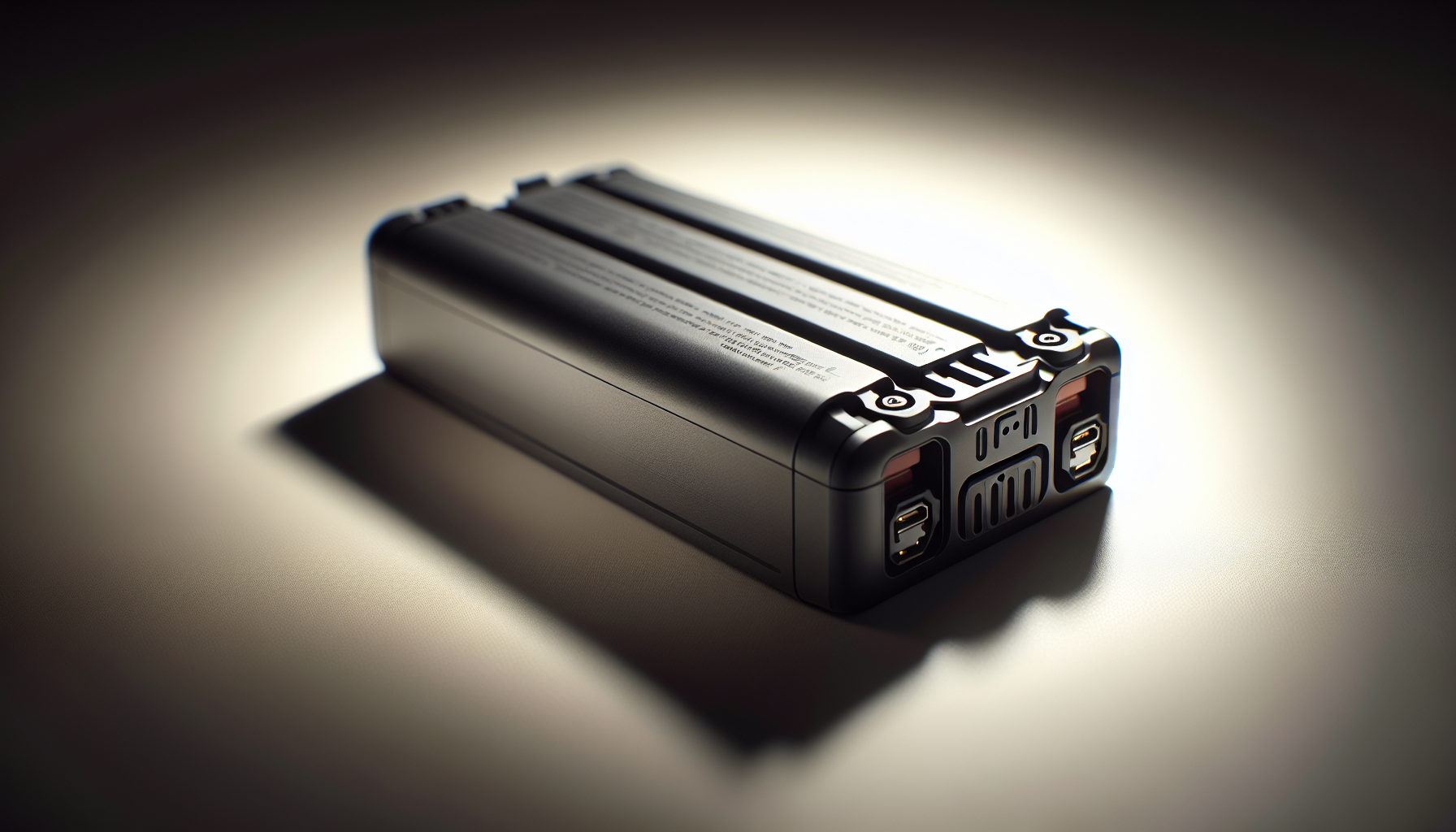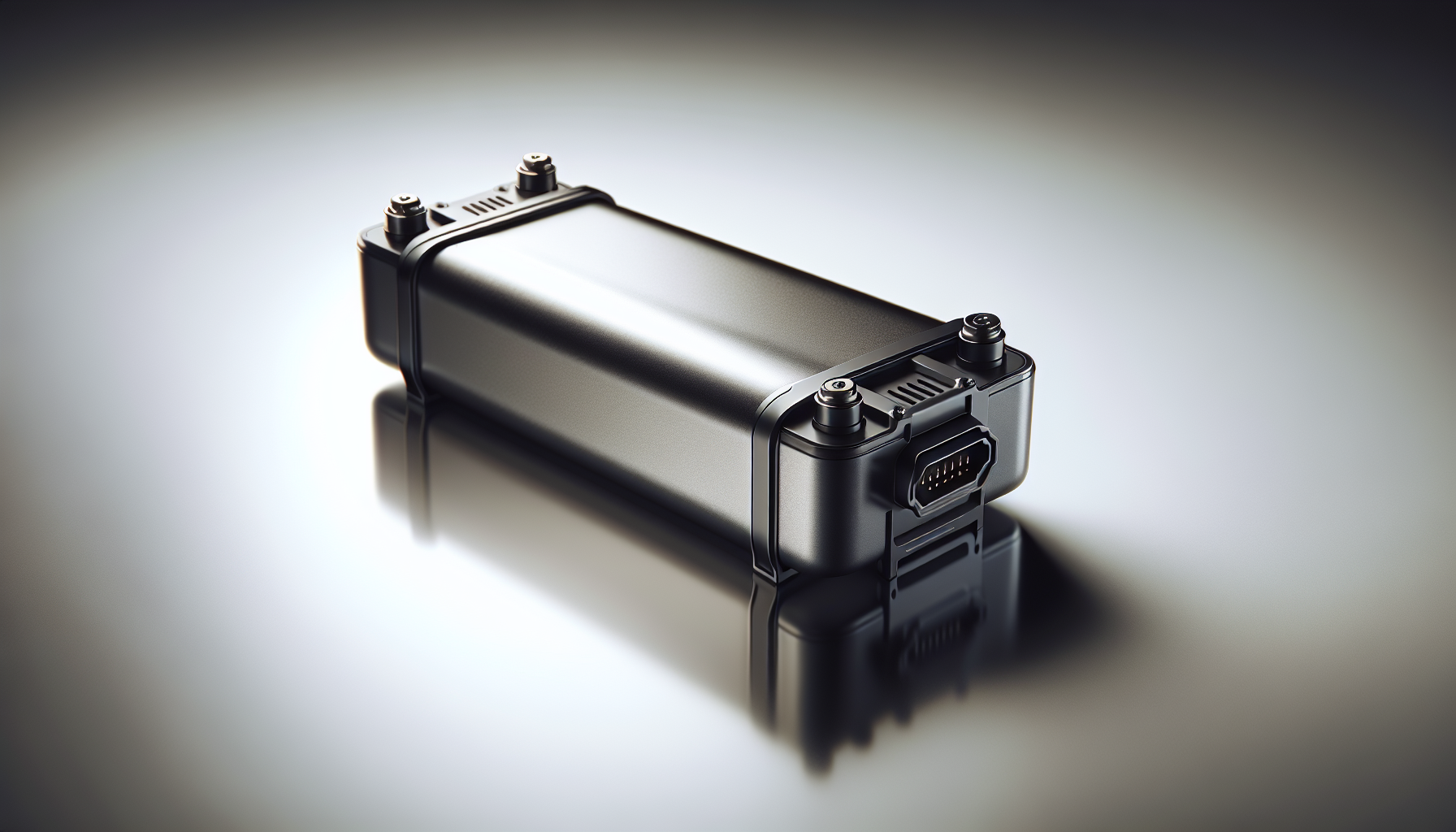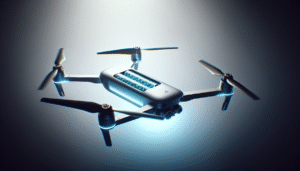Why is there such a difference in price between brand-name and generic drone batteries? It’s a pretty perplexing question, isn’t it? As someone who has often juggled the choice between sticking with brand loyalty and venturing into the world of off-brand options, I’ve found that a thorough breakdown can be just the ticket to understanding this cost conundrum. Consider this your friendly guide to determining where your money will be best spent when it comes to powering your aerial adventures.

Understanding the Basics of Drone Batteries
To kick things off, let’s have a chat about what exactly a drone battery is and why it’s important. At the core of your drone’s very existence, the battery is kind of like its heart—pumping the electronic life force necessary for flight. Typically, drones are powered by lithium-polymer (LiPo) batteries due to their lightweight nature and high energy density. However, with great power comes, you guessed it, great responsibility (to watch your budget and make sure your drone doesn’t fall out of the sky due to a dead battery).
What Makes a Battery Brand-Name vs Generic?
Now, let’s dig a little deeper into the peculiar world of brand-name and generic drone batteries. A brand-name battery is produced by the original equipment manufacturer (OEM) of your drone. These are crafted specifically to complement the performance and safety of your particular model, like a hand-tailored suit for your drone. On the flip side, generic batteries are made by third-party producers. While they often boast compatibility with popular drone models, think of them more like a well-tailored off-the-rack suit. Both have their merits and specific use-case charms.
Performance and Reliability
Ah, performance and reliability—the bedrock of any solid electronics purchase. When you shell out for a brand-name battery, you’re essentially paying for assurance. Brand-name batteries are generally optimized for maximum performance, providing the longest flight times and consistent power output, which could mean less stressing over your flight winding down prematurely. Conversely, while many generic batteries are indeed reliable, variance in performance is more likely. They might not always provide the same zip or longevity, especially if your drone guzzles power like it’s going out of fashion.
Safety Considerations
No one wants their drone to become an impromptu firework, so safety serves as a pivotal consideration. Brand-name batteries often feature rigorous testing and safety standards in their design, focusing on preventing malfunctions. This doesn’t mean generic batteries skip out on safety, but they might not always have undergone the same exhaustive testing. When considering generic options, it becomes important to do a bit of your own research to ensure the manufacturer is reputable—a small trade-off for those looking to save a few bucks.
Breaking Down the Costs
All right, here’s where we really get into the nitty-gritty and without further ado; let’s tackle the wallet-impacting reality of it all.
Brand-Name Battery Costs
For the sake of clarity, let’s break these down using some well-loved brands. Currently (as of right now, because prices, like time, wait for no drone enthusiast), brand-name batteries from drone giants such as DJI or Parrot can cost anywhere between $100 to $200, depending on your specific need and model. For premium models, the price can even creep higher.
Here’s a quick look:
| Brand | Average Cost |
|---|---|
| DJI | $100 – $200 |
| Parrot | $90 – $150 |
| Autel Robotics | $120 – $210 |
Generic Battery Costs
On the other hand, generic batteries fetch a much more varied price range. You may find oneself spending as little as $20, with some going up to $90 for those mimicking high-end features.
Here’s a nice little table to illustrate:
| Generic Brand | Average Cost |
|---|---|
| Deerc | $20 – $50 |
| Potensic | $30 – $60 |
| Holy Stone | $40 – $90 |
Cost per Minute of Flight
Let’s put this into perspective by considering the cost per minute of flight. Brand-name batteries are designed to maximize flight time, so their lifetime performance often justifies their higher price tag.
With such varying costs and output performances, the brand-name batteries often end up costing a bit less per minute of flight—a boon to those who equate their flying minute price to the value of internet downloads back in dial-up days.

Advantages and Disadvantages of Brand and Generic Batteries
By now, you may be weighing your options like an analytical shopper on a mission. Allow me to make this easier by highlighting the explicit pros and cons of each type of battery.
Brand-Name Battery Advantages
- Optimized Performance: Designed specifically for your drone model.
- Extended Warranty: Typically backed by warranties and customer support.
- Safety Assured: Enhanced safety checks provide peace of mind.
Brand-Name Battery Disadvantages
- High Cost: Intimidating price tags for those looking to spare their wallets.
- Lack of Versatility: Often only compatible with their specific drone models.
Generic Battery Advantages
- Affordability: Lower entry price allows easy trial of flying experiences.
- Broad Compatibility: Some can work with multiple drone models.
Generic Battery Disadvantages
- Inconsistent Performance: Variability in quality can impact flight time.
- Potential Risk: Some unknown brands might not meet rigorous safety tests.
Factors Influencing Battery Choice
If a crystal ball could forecast your specific needs and preferences, this would be simple. But with enough knowledge and a smidgen of future-planning, the right battery can complement your flying style beautifully.
Flying Purpose
Start by asking yourself: what on earth (or in the air) am I trying to accomplish with this drone? If casual recreation is your aim, generics might do just fine. However, for professional videographers or surveyors, investing in a more dependable brand-name might be wise.
Budget Constraints
The reality is, not all of us have deep pockets—gosh, wouldn’t that be nice? Balancing brackets of costs from brand-name and generic offerings with your budget can point you to the suitable purchase. Stretching your budget now could save from unforeseen costs later.
Environmental Considerations
Flying in harsh conditions or varied environments? Brand-name solutions adapted for those specific climates can make all the difference. But if scenic backyard flights are your deal, a generic battery may serve adequately.
Long-term Cost Efficiency
When looking at the cost breakdown, it’s important to consider long-term efficiency. An upfront saving today with a generic battery could turn costly if it needs frequent replacements. Similarly, investing in a reliable brand could save you maintenance headaches in the long run.
Maintenance and Longevity
Brand-name batteries often boast longer stated lifespans and more robust durability. This can mean less frequent replacements, hence a greater sense of assurance in the investment.
Certainly, you must also bear in mind the (largely universal) basic battery maintenance tips—such as not overcharging and storing at the right temperature—to keep any battery in top shape for as long as it serves.
Making an Informed Decision
So there we have it—your almost-3,000-word guide to making this all-important decision about drone batteries. It may seem as simple as flipping a coin, yet the implications of your choice ripple out into flight time, safety, and cost potential.
Final Thoughts
Remember, the best battery for you—the kind that could send your drone soaring happily rather than spluttering mid-air—is determined by your individual needs and flight styles. Embrace your unique perspective, make a decision that best suits it, and who knows—you might just discover as much joy in picking a battery as flying the drone itself…almost.


